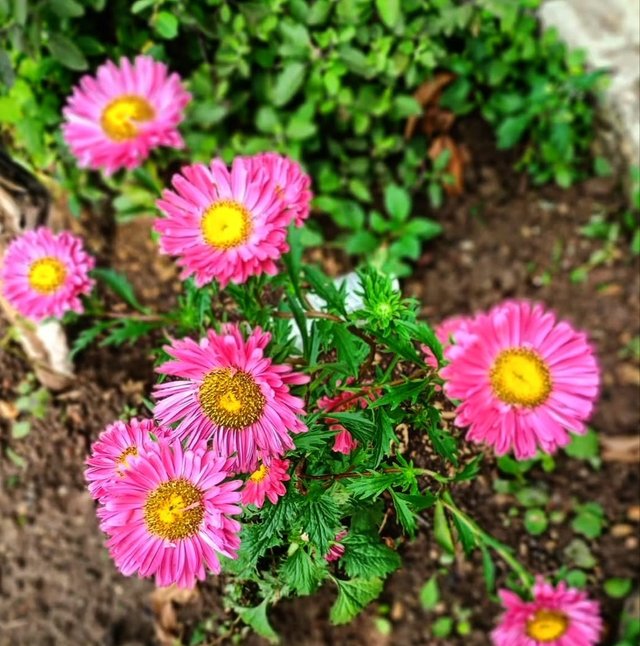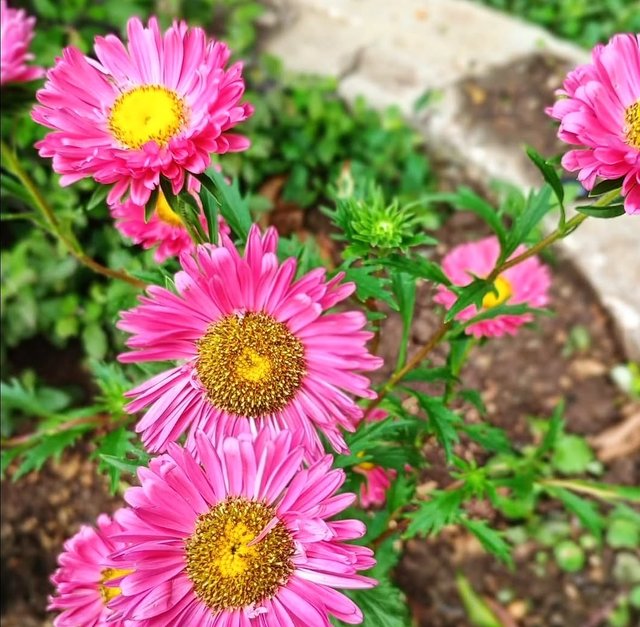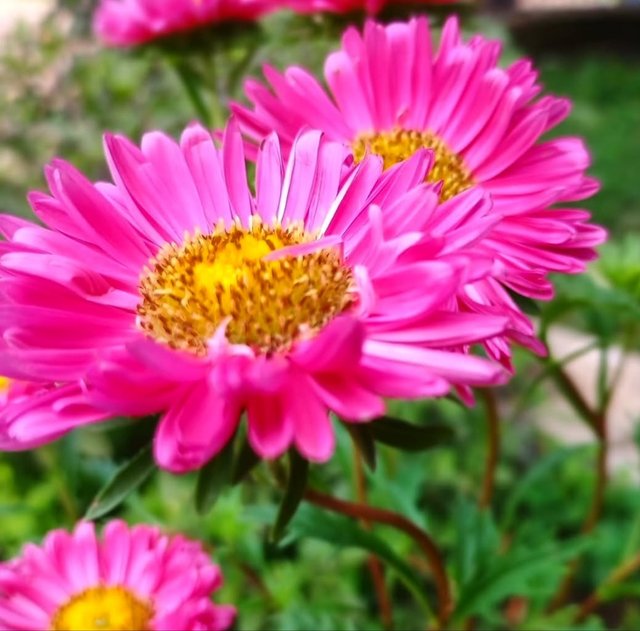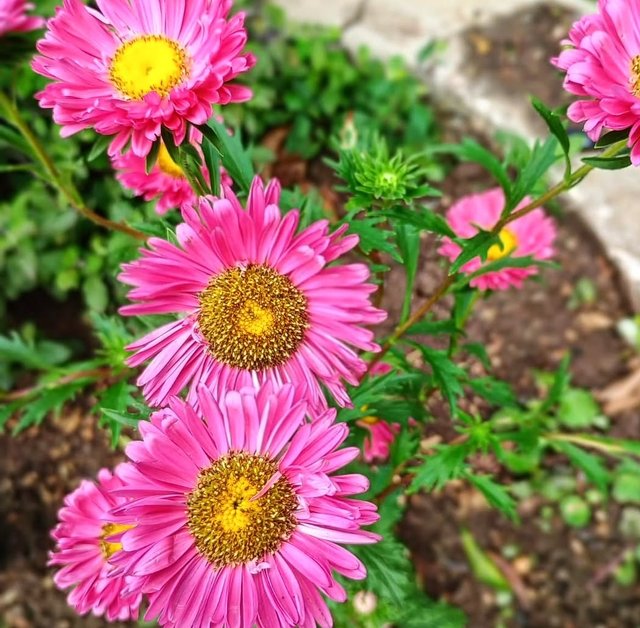Wonderful Colour Callistephus Flower
Callistephus: The Charming Annual Aster
Callistephus, commonly known as the China aster, is a beloved ornamental flowering plant admired for its vibrant colors, diverse bloom shapes, and ease of cultivation. Belonging to the family Asteraceae, this genus is primarily represented by a single species, Callistephus chinensis, though it has been bred into an astonishing array of hybrids and cultivars. Native to China and Korea, Callistephus has become a favorite in gardens and floral arrangements worldwide, thanks to its beauty and versatility.
Botanical Background and Appearance
The China aster grows as an annual herbaceous plant, reaching heights of 20 to 90 cm depending on the variety. Its lush, green, oval-shaped leaves have toothed edges, creating a soft backdrop for the showy blossoms. The flowers are perhaps the most striking feature, coming in a spectrum of colors—white, pink, purple, lavender, red, blue, and even bicolor varieties. Bloom shapes vary from simple daisy-like forms to dense, fully double pompons and quilled petals that resemble chrysanthemums.
Callistephus blooms from mid- to late summer through early autumn, offering a burst of color when many other plants begin to fade. Its flowers can measure up to 10 cm across, making them ideal for cutting gardens and bouquets.
Cultivation and Care
Callistephus is relatively easy to grow, even for beginner gardeners, provided a few conditions are met:
Soil: Prefers well-draining, fertile soil enriched with compost or organic matter.
Light: Thrives in full sun but tolerates partial shade in hotter climates.
Watering: Requires consistent moisture, especially during dry spells, but avoid waterlogging to prevent root rot.
Spacing: Plants should be spaced 20–30 cm apart to encourage airflow and reduce the risk of fungal diseases.
One common issue with Callistephus is its susceptibility to fusarium wilt, a soil-borne fungus. To avoid this, practice crop rotation, avoid planting asters in the same location year after year, and use disease-resistant cultivars. Deadheading spent blooms encourages continuous flowering and keeps the plants looking tidy.
Thanks For Reading
Device Information
| Device | cannon eos 700D |
|---|---|
| Lens | 55-250 zoom leans |
| Location | Bangladesh |




